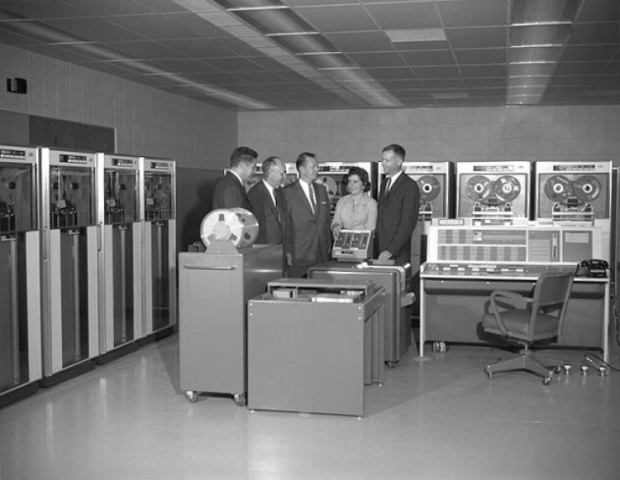New independent research shows that Microsoft’s Azure cloud computing framework has a notable edge in high-performance computing (HPC) tasks when compared to rivals such as Amazon Web Services, Rackspace, IBM SoftLayer and NERSC.
San Francisco-based simulation and modelling company Exabyte pitted four cloud-based HPC services and one supercomputing system against the decades-old standard of the LINPACK testing suite. For those who lack the memories of Mike Magee,
LINPACK was developed in Fortran in the 1970s to benchmark supercomputing performance under high computational yield.
The report said that using that benchmark Microsoft’s Azure to deliver the best results, and demonstrated that the performance per single computing core on public cloud to be comparable to modern traditional supercomputing systems.
To be fair to the others Azure’s favourable results in the test depend on the computing configuration in question.
Although Microsoft Azure A-instances (AZ-IB-A) show better overall scaling, AWS c4.8xlarge instances deliver better performance per core for up to 16 nodes. This is likely because of faster processors speed.
The report emphasises that ‘the bare performance is worse’ at lower node counts. In the context of the challenge, however, this is not a relevant factor.
Researchers Mohammad Mohammadi and Timur Bazhirovused used the High-Performance LINPACK suite (HPL) for the study, which attempts to resolve a random number of linear equations in a concentrated matrix using 64-bit arithmetic on distributed-memory computing platforms. HPL scales with the host system, assuring comparable results in areas such as parallel efficiency.
Amazon suffers from a bottleneck of scalability, with performance degraded according to increases in the number of nodes added to the computing pool. This applied across both a hyper-threaded and non-hyper-threaded scenario.
Rackspace’s compared to Azure and AWS on Compute1-60 its data centre topology accounts for improved performance compared to AWS.
IBM’s SoftLayer performed worst out of the test cases, with the network saturating under the pressure of scaling, and inferior CPU clock speeds respective to the other cloud environments under test.
The National Energy Research Scientific Computing (NERSC) Edison supercomputer was also included as a non-equivalent comparison in the study. It had its clock cleaned by Azure’s cloud services.
The computer, a Cray XC30, has a peak performance of 2.57 petaflops and boasts 133,284 computing cores running over 357 terabytes of memory, and currently holds the 60th world ranking of the top 500 supercomputers.
Published in
News
Azure is the better HPC
Beats Amazon, Rackspace, IBM and a supercomputer
While replacing supercomputers with cloud computing frameworks is becoming a bit of a thing, some clouds are better than others.
Tagged under




